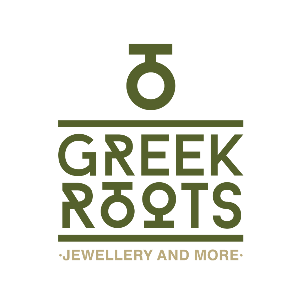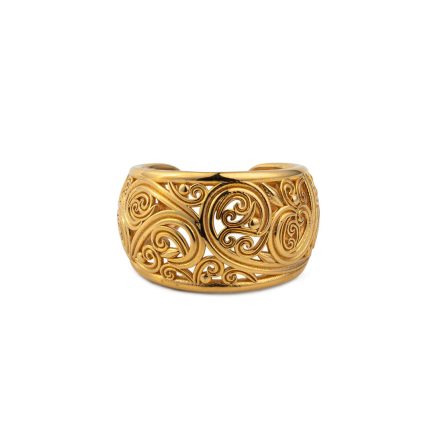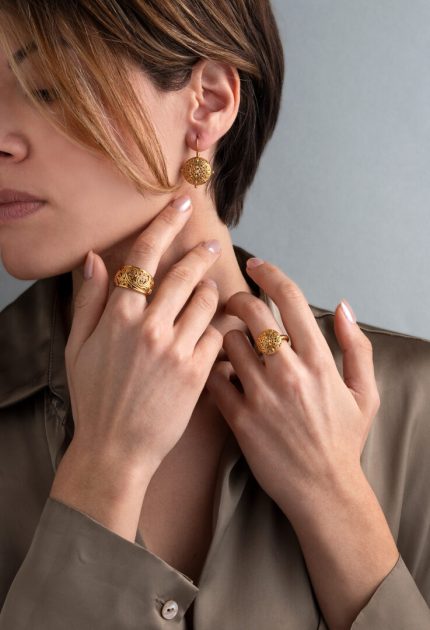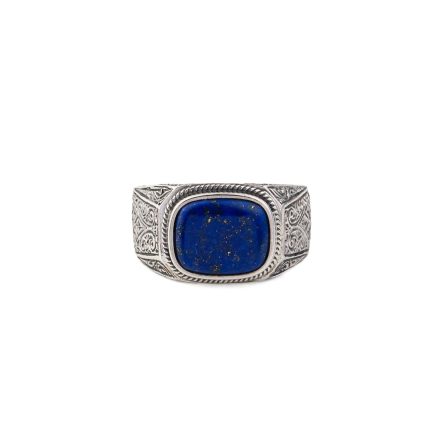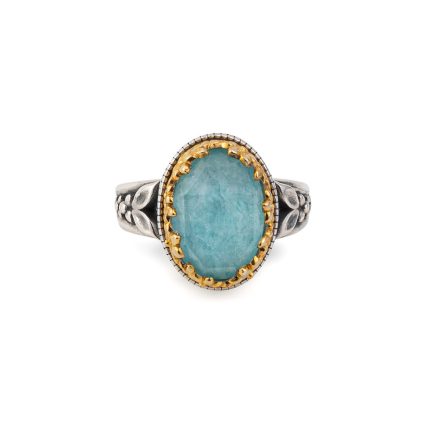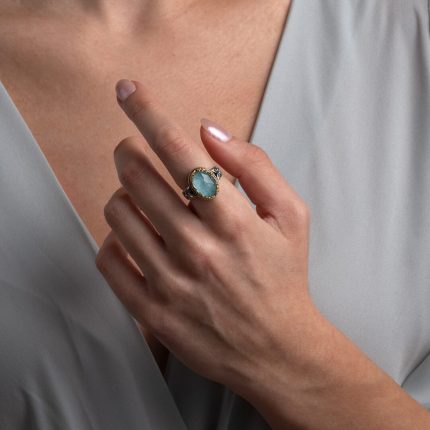Sort by
Material
- 14k gold and sterling silver (33)
- 18k gold and sterling silver (20)
- 18k gold plating (12)
- enamel (17)
- gold (61)
- gold plated (258)
- sterling silver 925 (557)
Coin
- Alexander the Great (9)
- Goddess Athena (27)
- Helios Sun God (1)
- Hercules (12)
- Pegasus (1)
- Theseus and the Minotaur (1)
Stone
- amazonite (15)
- amethyst (10)
- apatite (10)
- aqua chalcedony (1)
- aqua marine (1)
- aquamarine (14)
- aventurine (1)
- black onyx (1)
- blue topaz (15)
- carnelian (1)
- chalcedony (3)
- coral (2)
- cornelius (1)
- crystals (11)
- diopside (1)
- emerald (2)
- fildisi (10)
- garnet (7)
- green copper (4)
- green turquoise (1)
- labradorite (1)
- lapis lazuli (17)
- larimar (2)
- london blue topaz (7)
- malachite (2)
- moonstone (1)
- mother of pearl (1)
- onyx (6)
- opal (41)
- pariba (7)
- pearl (13)
- peridot (13)
- rhodochrosite (1)
- rhodolite (3)
- rodolite (2)
- rose quartz (1)
- rubellite (1)
- rubinite (2)
- ruby (7)
- sapphire (2)
- swarovski (3)
- tanzanite (2)
- topaz (1)
- tourmaline (13)
- tourmalines (1)
- turquoise (9)
- turquoise copper (2)
- white zirconia (2)
- zircon (86)
Filter by price
Stock status
-15%Sold out
-15%Sold out
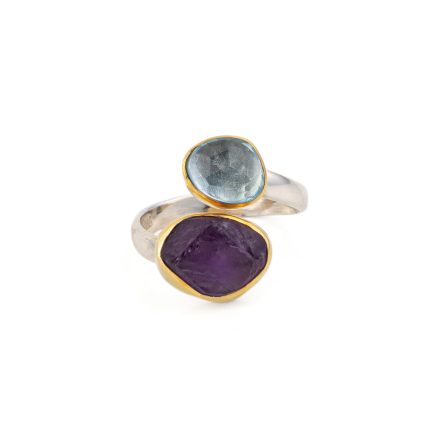
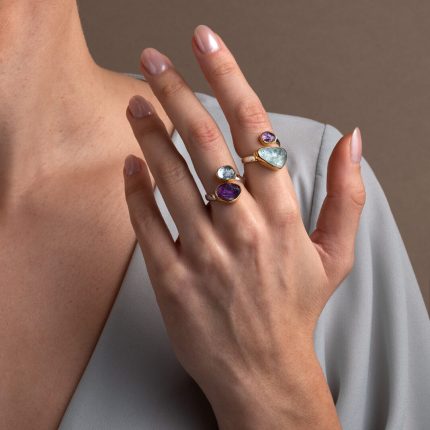
Select options
This product has multiple variants. The options may be chosen on the product page
-15%
-15%
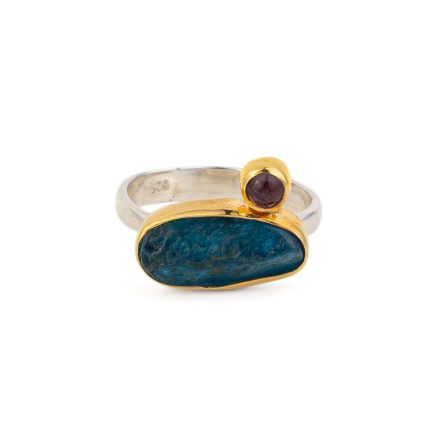
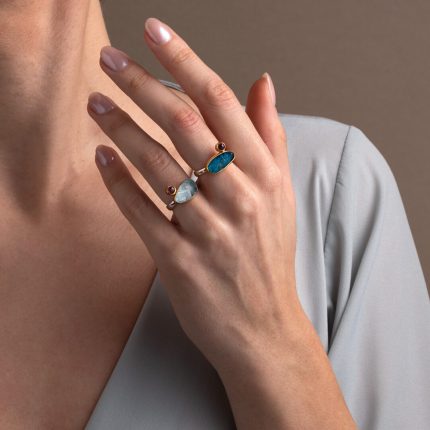
Select options
This product has multiple variants. The options may be chosen on the product page
-15%Sold out
-15%Sold out

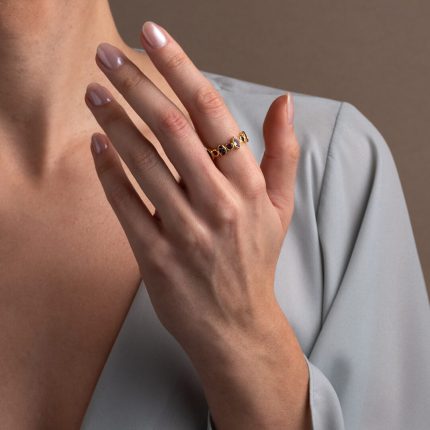
Select options
This product has multiple variants. The options may be chosen on the product page
-15%
-15%
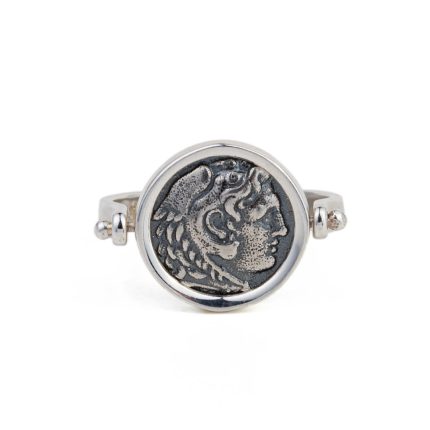
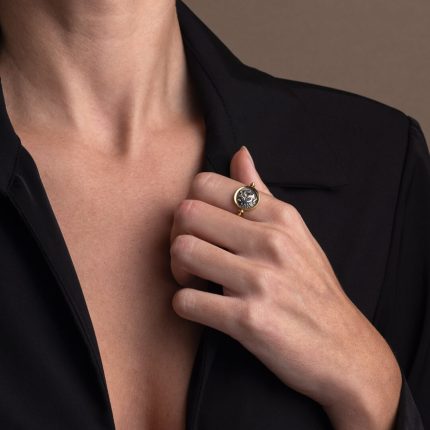
Select options
This product has multiple variants. The options may be chosen on the product page
Hercules Swivel Flip Coin Ring – Sterling Silver
Sold out
Sold out
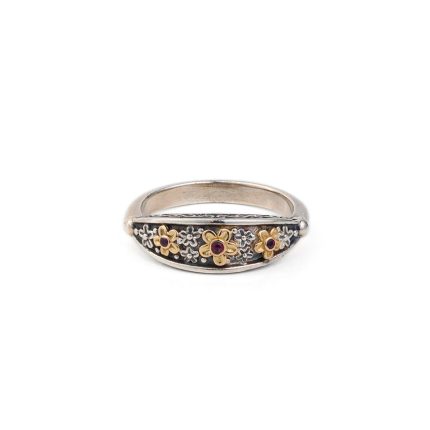
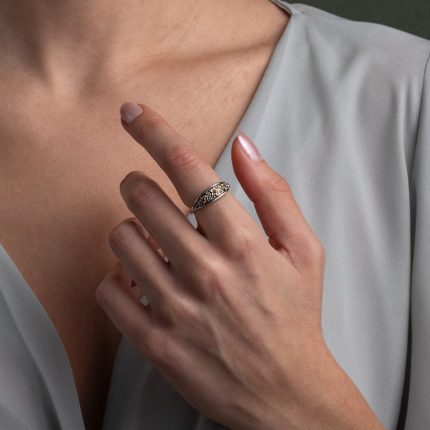
Select options
This product has multiple variants. The options may be chosen on the product page
-40%Sold out
-40%Sold out
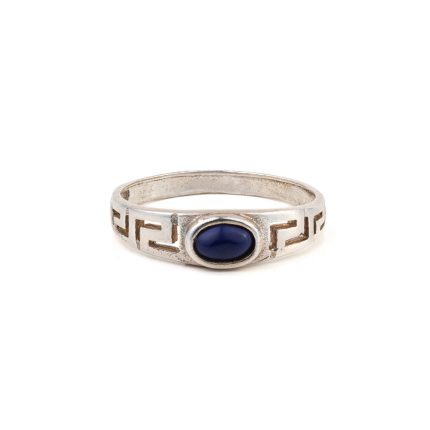
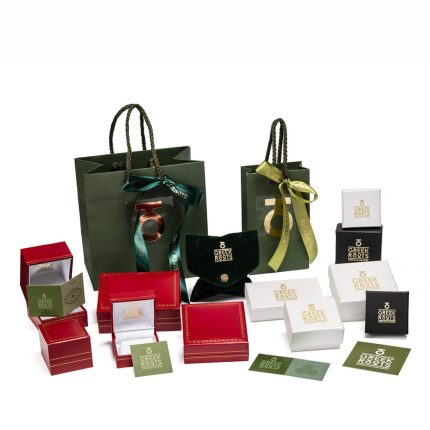
Select options
This product has multiple variants. The options may be chosen on the product page
-40%
-40%
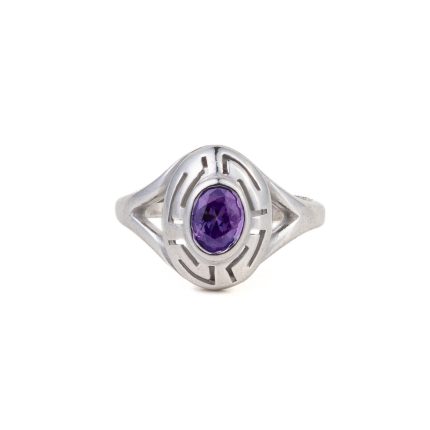

Select options
This product has multiple variants. The options may be chosen on the product page
Meander Purple Zircon Ring – Sterling Silver
-40%
-40%
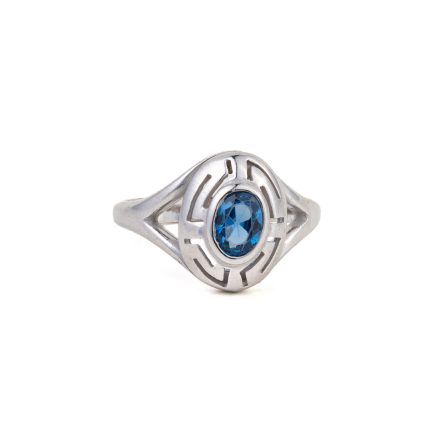

Select options
This product has multiple variants. The options may be chosen on the product page
Meander Zircon Ring – Sterling Silver
-40%Sold out
-40%Sold out


Select options
This product has multiple variants. The options may be chosen on the product page
-40%
-40%
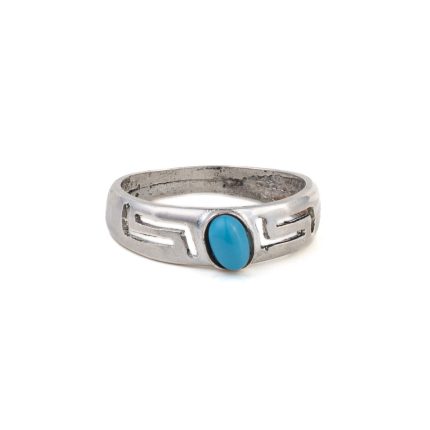

Select options
This product has multiple variants. The options may be chosen on the product page
